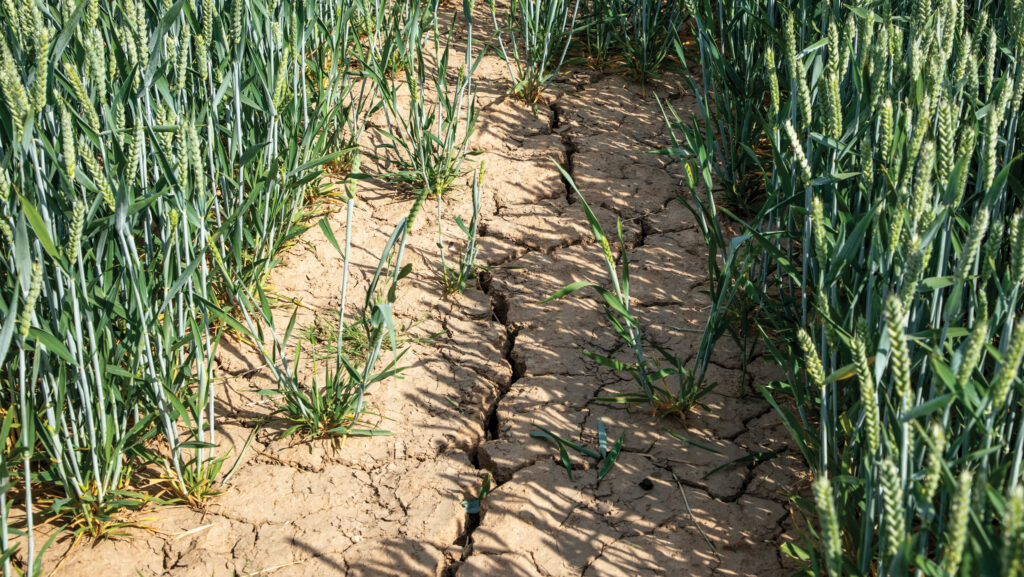Farmers in England alerted to risk of spring drought
 © GNP
© GNP Without a wet winter, England is on course for widespread drought next year after a record dry spring and four summer heatwaves, raising fresh concerns for farmers, wildlife and water supplies.
The Environment Agency (EA) has warned in its latest Drought Prospects Report that eight of the past 10 months have seen below-average rainfall, leaving soils, aquifers and reservoirs depleted ahead of winter.
Without average winter rainfall, it says most of England will enter drought, with serious consequences for agriculture, nature and businesses.
See also: Farmers invited to apply for 2026 NVZ grassland derogation
Helen Wakeham, EA director of water, said: “There will be a drought next year unless we get sustained rainfall through the winter.
“The severity of that drought will depend both on the weather and the actions we take over winter following this very dry year.”
Farmers have already felt the effects of this year’s extreme conditions.
This spring was the driest in 132 years in England, while this summer, with four heatwaves, was the hottest in the UK since records began in 1884, based on UK-wide Met Office data.
Harvests were reduced, and there are ongoing concerns about winter feed availability for livestock after poor grass growth.
The National Drought Group declared a “nationally significant water shortfall” in August.
Met Office weather outlook
The Met Office has forecast heavy rain into Saturday (15 November), but noted a higher likelihood of dry conditions from November to January.
Chief meteorologist Will Lang said “the chances of a dry period are higher than normal”, although an average season remains the most likely scenario.
The report sets out how much rain is needed before the end of March 2026 to avert further deterioration.
The agency’s modelling outlines three scenarios:
- With average rainfall, most regions would recover by spring 2026.
- With 80% of average rainfall, drought conditions would intensify, increasing risks to some crops and raising the likelihood of wildfires and navigation closures.
- At 60% of average rainfall, “all of England would be in drought”, with reduced irrigation, lower vegetable production and further pressure on grass growth.
Farmers are advised to consider drought-tolerant crops, fill reservoirs early and collaborate on water sharing.
Storm Claudia threatens flooding across England and Wales
Storm Claudia is bringing heavy rain and flooding risks across England and Wales.
Northern England has already seen homes flooded, with central England facing significant surface water and river flooding this weekend.
The Environment Agency warns against driving through floodwaters and urges people to check flood risk maps and sign up for alerts.
In Wales, South East regions and Powys are at highest risk, with amber and yellow rain warnings in force.
Natural Resources Wales teams are monitoring rivers, clearing drainage, and setting up barriers.
Farmers are advised to follow warnings, avoid flooded roads, and stay updated on local forecasts.
